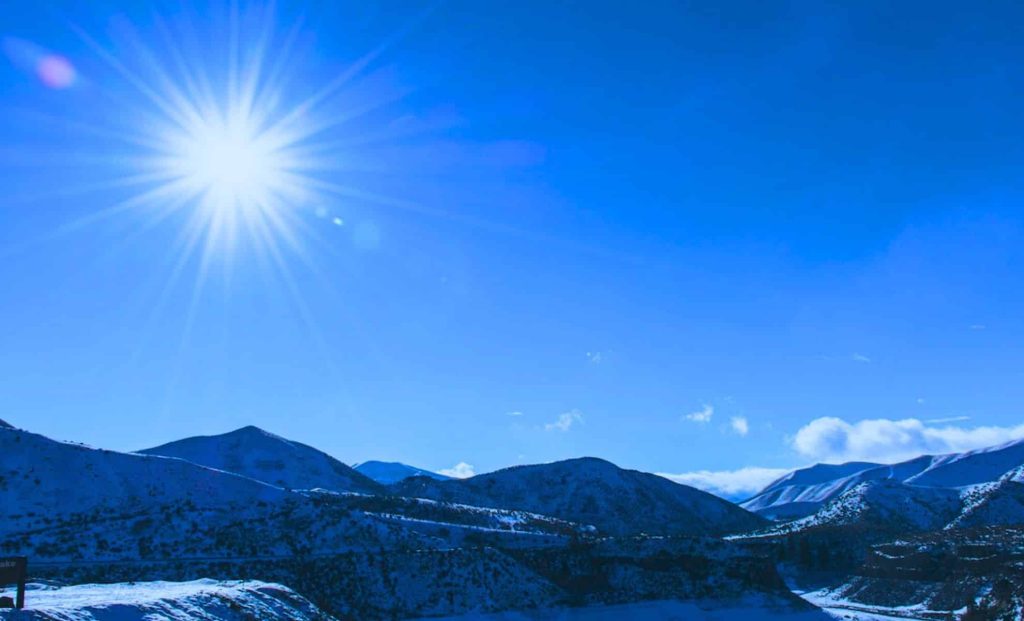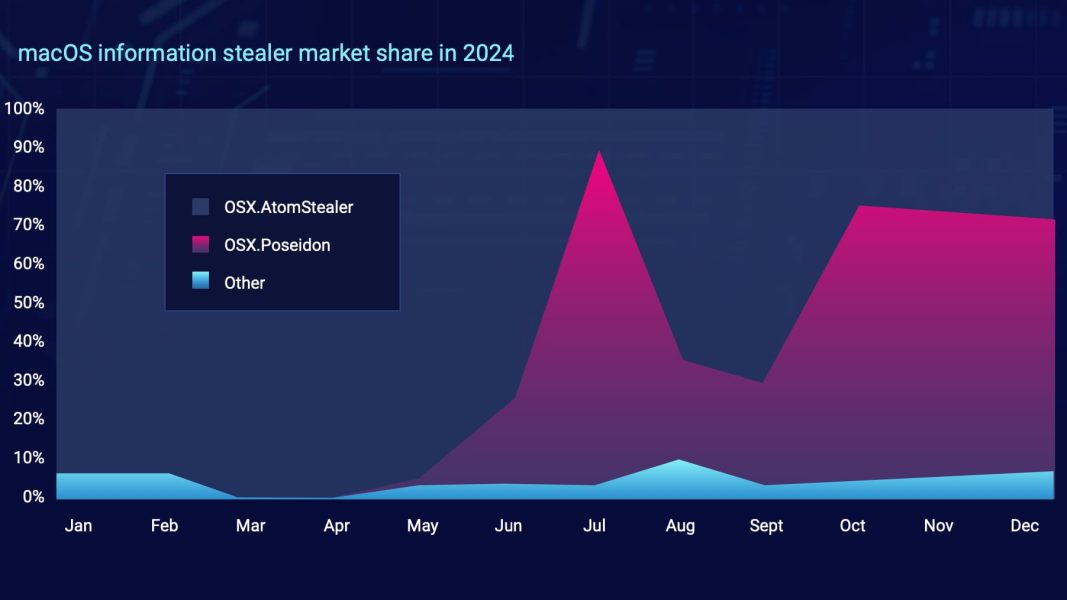In 1831, the Sun Turned Blue for Months—Scientists Have Finally Uncovered Why – The Daily Galaxy –Great Discoveries Channel

In the summer of 1831, something strange happened—the Sun changed color, casting an eerie blue and violet glow across the sky for months. Reports from the time describe unseasonal cold, failed crops, and an unsettling shift in the weather. For nearly two centuries, the cause remained a mystery, lost in speculation and scientific dead ends. Now, researchers believe they have finally uncovered the truth—but it’s not what you’d expect.In the summer of 1831, German composer Felix Mendelssohn recorded an unusual observation in his journal while traveling through the Alps. He described winter-like conditions with cold temperatures and thick snow covering the nearby hills—an anomaly for the season. This climatic irregularity was not an isolated incident. Across the Northern Hemisphere, temperatures dropped unexpectedly, leading to failed harvests and widespread hardship.For nearly two centuries, scientists suspected a volcanic eruption was responsible for this unusual cooling event, but they lacked the means to identify the culprit. Now, researchers from the University of St Andrews in the UK believe they have finally found the answer: the Zavaritskii volcano, located in the Kuril Islands of Russia.Throughout the spring and summer of 1831, an unknown volcano injected a substantial amount of sulfur dioxide into the atmosphere. This led to a temporary but significant global cooling effect, altering weather patterns. Reports from the time describe an eerie blue, violet, or green hue to the Sun—an optical effect caused by atmospheric particles scattering light.While striking, these color changes were far less concerning than the severe agricultural consequences that followed. The drop in temperatures led to crop failures, food shortages, and famines, particularly in the Northern Hemisphere.Scientists at the time theorized that a volcanic eruption was to blame, but the lack of accurate records prevented them from pinpointing the exact source. Several candidates were proposed, including Ferdinandea (a submarine volcano near Sicily) and Babuyan Claro in the Philippines. However, neither fully matched the available climate data.The breakthrough came when a team led by Dr. William Hutchison at the University of St Andrews applied advanced geochemical analysis techniques to ice cores from the polar regions. By extracting microscopic volcanic ash particles from these cores and comparing their chemical composition to known volcanic deposits, researchers were able to narrow their search.The first clues pointed to Japanese volcanoes, but no major eruptions were documented in that region during 1831. This led the team to focus on the Kuril Islands, a volcanic archipelago belonging to Russia.Russian researchers provided samples from the Zavaritskii volcano, collected decades earlier. When these samples were analyzed alongside the polar ice ash, the results revealed an exact geochemical match. According to Dr. Hutchison, this was a critical moment in the study:“The moment we analyzed both ashes together, one from the volcano and one from the ice core, was a true ‘Eureka’ moment. The numbers were identical.”Identifying the cause of the 1831 cooling event provides valuable insight into the potential climatic impacts of large volcanic eruptions. Dr. Hutchison emphasizes that similar eruptions could occur again, with unpredictable consequences for the modern world.“There are many volcanoes with the potential to trigger a similar global cooling event. Predicting when and where the next major eruption will happen remains extremely difficult,” he explains.This research underscores the need for international preparedness. A future eruption of comparable scale could disrupt global weather patterns, affecting agriculture, infrastructure, and economies. Scientists continue to study past events to improve forecasting and develop strategies for mitigating the impact of such large-scale volcanic disturbances.Although the mystery of the 1831 event has been solved, many questions remain about the frequency and severity of these occurrences. The study serves as a reminder that Earth’s climate is deeply connected to its geological activity—and that understanding past events can help prepare for future challenges.Got a reaction? Share your thoughts in the commentsEnjoyed this article? Subscribe to our free newsletter for engaging stories, exclusive content, and the latest news.Comment Save my name, email, and website in this browser for the next time I comment.
© 2024 | Daily Galaxy | All rights reserved





